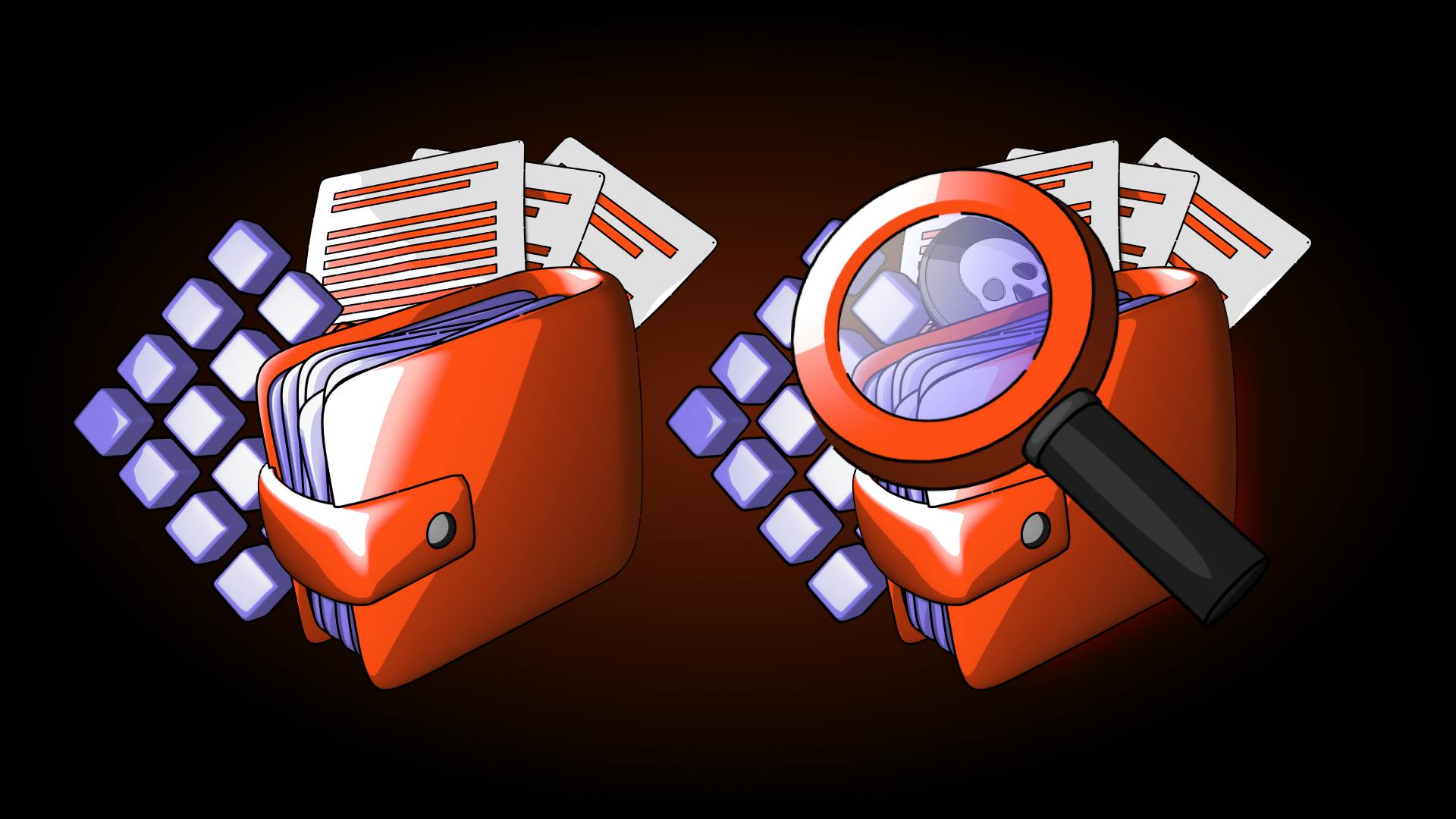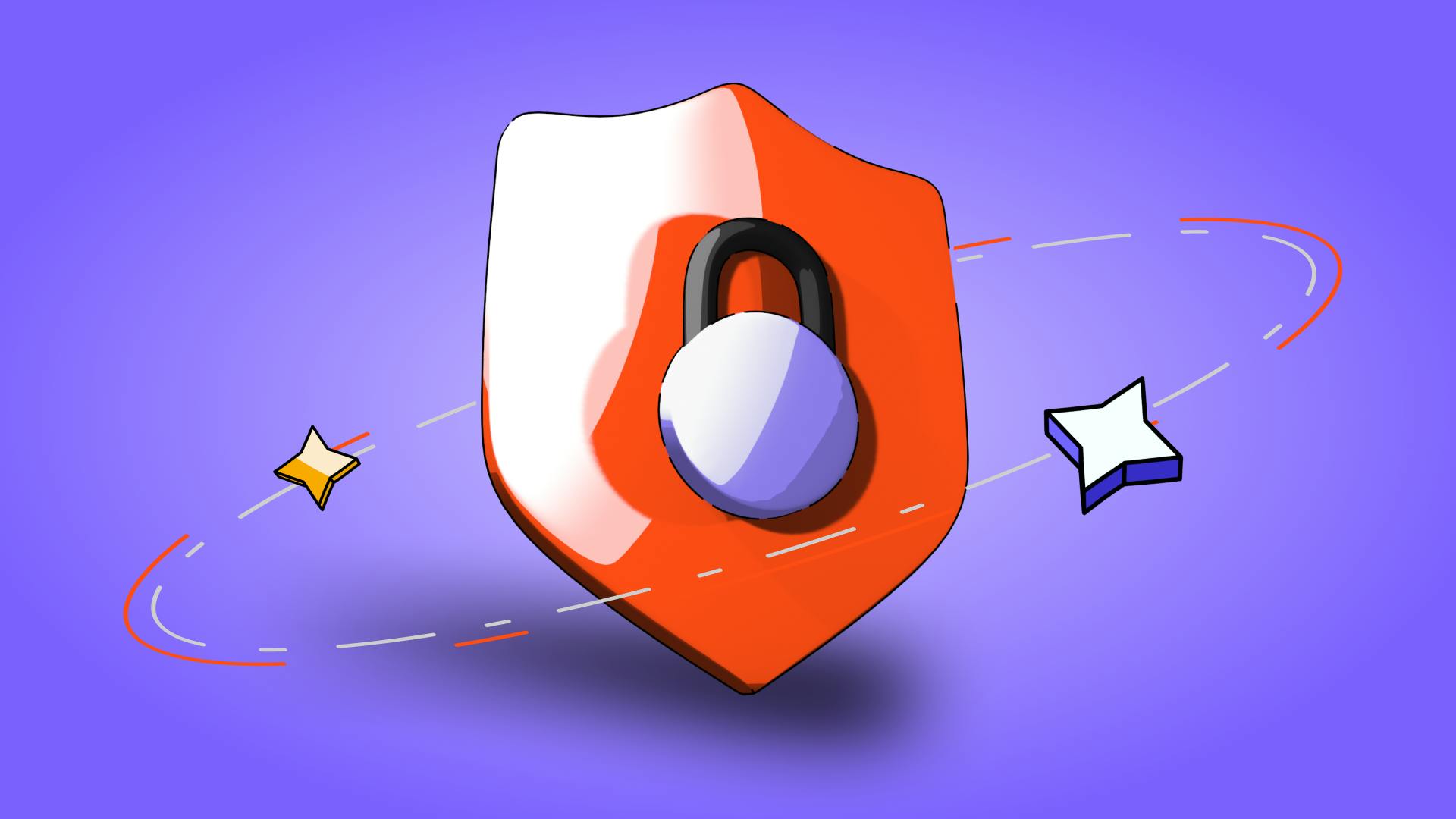What Are Address Poisoning Attacks?
December 5, 2025

by Coinmetro Editorial Team
December 5, 2025
Address poisoning attacks are a cryptocurrency scam where attackers create fake wallet addresses that closely mimic legitimate ones. These fraudulent addresses are strategically placed within a user's transaction history, increasing the chance that users will select the wrong address during future transactions. As cryptocurrency adoption grows, the frequency of these attacks has surged.
Attackers take advantage of blockchain transactions' irreversible nature. A single mistake, such as selecting the wrong address from a transaction log, can lead to a permanent loss of funds, as there is no way to reverse the transaction once it's confirmed.
As blockchain usage expands, so does the number of scammers, and it's essential to stay vigilant. Understanding how these attacks work is crucial to keeping your digital assets safe. This blog will dive into how address poisoning works and how to avoid falling victim to it.
In this blog, you will learn about:
- Understanding address poisoning attacks
- Why address poisoning is effective
- How to protect yourself
- How blockchain can mitigate address poisoning
- Other types of similar crypto scams
Learn How to Avoid Scams & Frauds in Crypto – Tips and Strategies
Address poisoning is a scam where attackers send small crypto transactions from addresses that closely resemble a user’s trusted addresses. The goal is to confuse the user, making them accidentally send funds to the attacker’s address.
By sending a small amount of cryptocurrency to your wallet, these similar addresses appear in your transaction history. When you're in a hurry and copy an address from the history, you might mistakenly pick the scammer's address, resulting in a loss of funds.
These attacks target users who conduct frequent transactions or manage large amounts of cryptocurrency. These individuals often rely on copying and pasting addresses, making them more vulnerable to this scam.
Another similar method is when attackers distribute fake QR codes both online and in physical locations. They send these codes online through phishing emails, social media posts, or direct messages, often pretending to be legitimate entities such as crypto exchanges or charities. These codes can also appear in fake customer service messages or advertisements. Scammers place QR codes on flyers, posters, or business cards in physical spaces, promoting discounts, payments, or donations. When victims scan these fake codes, they are directed to the scammer's wallet address. The funds are transferred to the scammer's wallet once the user scans the code and confirms the transaction (such as sending cryptocurrency for a payment or donation).

Human Error: Crypto addresses are long strings that look alike at first glance. Scammers create fake addresses that differ by just a few characters. Most users don't check every character in an address. Our brains struggle to spot these small changes. This basic human limit lets scammers trick people into sending funds to the wrong addresses.
Transaction Irreversibility: A key feature of blockchain is that all actions are final. Once you send funds, you can't take them back. The system records each move permanently, making address poisoning very risky. Even if you notice your mistake right away, your funds are gone, and getting them back is almost never possible.
Scale of Attacks: Scammers run these tricks on a huge scale. They use specialized tools to make thousands of fake similar addresses. Then, they send tiny amounts of crypto to many wallets. By flooding transaction histories with fake similar addresses, they increase the likelihood that users will select an incorrect address. These widespread, automated attacks can prove effective across a large pool of potential victims.
Learn Why 2-factor Authentication (2FA) Is a Must for Account Protection
Verify Addresses Carefully: Check every character of a wallet address before sending any transaction. Scammers count on users who only glance at addresses. Make checking the complete address a standard practice. Don't limit verification to just the first and last few characters.
Use Name Services: Services like Ethereum Name Service (ENS) can make transfers safer. ENS provides easy-to-read names instead of long character strings. This greatly reduces errors when sending cryptocurrency between wallets.
Leverage Wallet Features: Most crypto wallets offer contact lists or address whitelisting. Store trusted addresses in these features to avoid manual entry each time. Use wallet nickname functions to quickly identify addresses you use often.
Be Cautious with Copy-paste: Some malware can switch copied wallet addresses with fake ones. After pasting an address, verify it matches your intended address. Always double-check before you complete any transaction.
Regular Software Updates: Keep your wallet software updated at all times. Updates include security fixes that protect against vulnerabilities. These patches help defend against new threats like address poisoning. Always run the latest version of your wallet apps for the best security.
Emerging blockchain technologies can offer powerful tools to combat address poisoning attacks:
zk-SNARKs: Zero-Knowledge Succinct Non-Interactive Arguments of Knowledge technology offers privacy-focused protection for users. This system validates transactions without exposing sensitive details. Users gain a defense against attackers who study transaction patterns to select targets for address poisoning attacks.
Multisig Wallets: Multi-signature wallets add critical security through required multiple approvals. Before any transaction moves forward, several parties must confirm it. This verification system makes it far more difficult for attackers to steal funds. Even when a fake address passes initial checks, additional approvals stop the theft.
Blockchain Analytics Tools: Platforms like Chainalysis help users detect suspicious activity early. These tools examine transaction patterns across the blockchain network. They can identify potential threats before users complete transactions. The analytics provide insight into address legitimacy and highlight possible scam attempts in advance.
In dusting, attackers send tiny amounts of cryptocurrency, called "dust," to your wallet. The goal isn't to steal your funds but to track your transactions and potentially identify your identity. Once attackers gain enough data, they might exploit privacy weaknesses or sell the information to others for further attacks.
This scam involves malware that watches your clipboard. When you copy a cryptocurrency address, the malware swaps it with the scammer’s address. If you don’t double-check after pasting the address, you’ll unknowingly send your funds to the attacker’s wallet instead.
Attackers create fake versions of well-known crypto wallets. These apps appear legitimate but are designed to steal your private keys or reroute your transactions to their wallets. Once installed, users think they are using a safe app but lose access to their funds.
This method is similar to address poisoning. Attackers generate fake transactions that appear in your wallet history. The goal is to trick you into using their address for future transactions. Making these fraudulent transactions look real increases the chances that you'll accidentally send your funds to them.
Staying vigilant is crucial to protecting yourself from address poisoning attacks and similar scams. Always verify the entire address before making a transaction and use trusted tools like QR codes or name services, such as ENS, to simplify the process. Regularly update your wallet software to stay protected against new vulnerabilities. Be cautious with copy-pasting addresses, as malware can easily alter them. Maintaining transaction discipline by double-checking addresses and avoiding shortcuts can go a long way in safeguarding your assets. You can better protect your cryptocurrency from attackers by staying alert and following these steps.
Watch: Top 6 Best Ways To Safely Store Your Crypto
Join the Coinmetro community on Discord and Telegram, where forward-thinking traders and investors gather to share insights, explore new opportunities, and dive deep into cryptocurrencies. Should you need any help, please contact our world-class Customer Support Team via 24/7 live chat or email at hello@coinmetro.com.
To become a Coinmetro user today, Sign Up now or head to our new Exchange if you are already registered to experience our premium trading platform.
Tags
Related Articles

Regulatory Sandboxes: Fostering Crypto Innovation Within Legal Frameworks
The cryptocurrency industry’s fast rise fuels an important debate. Innovation aims to transform finance, enhancing speed and access. Yet, regulators…
5m

Crypto Options Trading: Strategies and Market Insights
Cryptocurrency markets have rapidly expanded beyond simple buying and selling. One of the most significant developments has been the rise of…
6m

The Rise of Social-Fi: Blending Social Media with Decentralized Finance
In recent years, social media and finance have started to merge, creating Social-Fi. This concept blends the engagement of social platforms with…
6m

DeFi Insurance Platforms to Watch in 2024
Decentralized Finance (DeFi) insurance addresses the growing need for insurance against hacks, smart contract failures, and other DeFi-related risks.…
7m